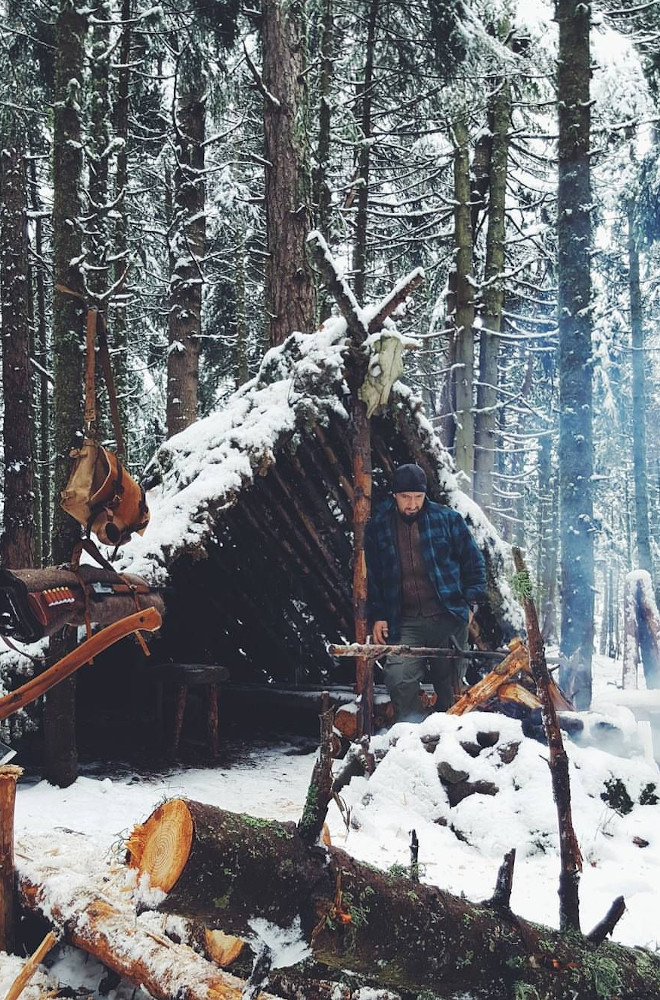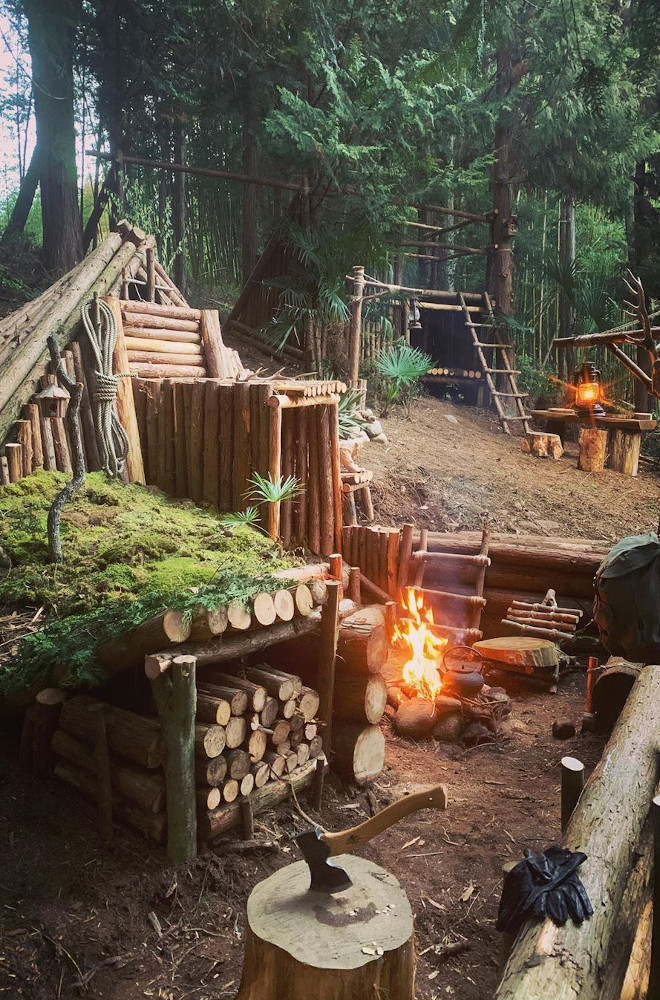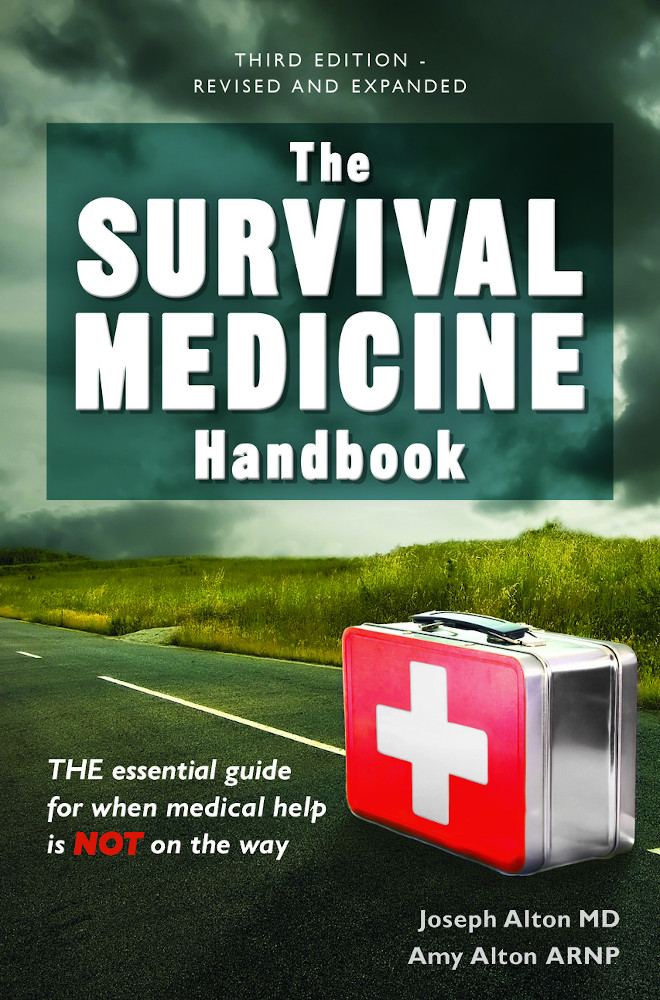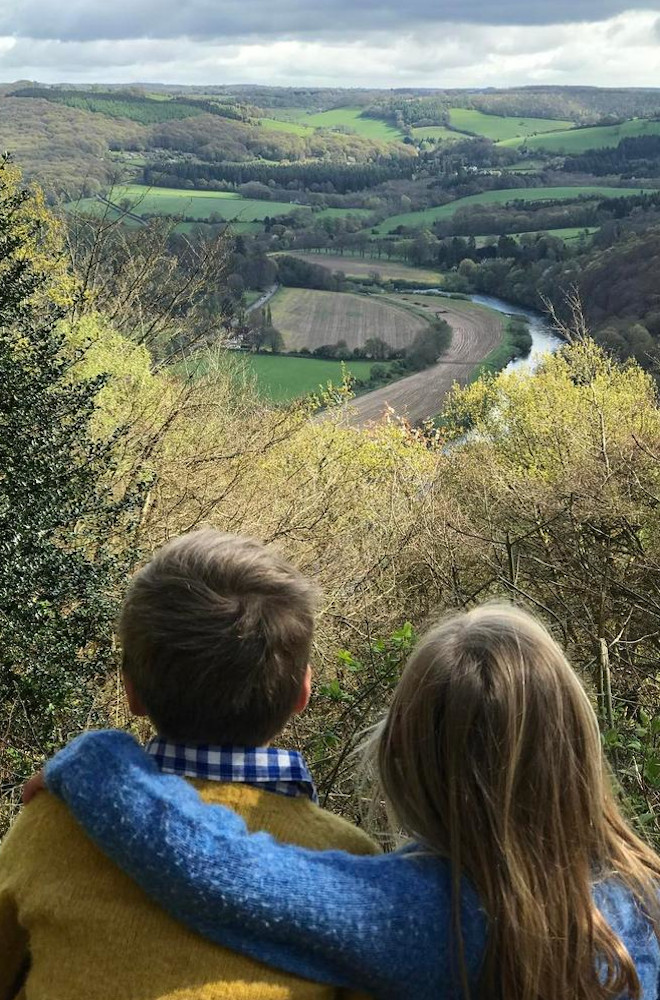 Comprehensive Guide
Comprehensive Guide
This book tops any bushcraft or survival book lists, and there’s a good reason for it. Our list of the best bushcraft books is not an exception. It is the most comprehensive guide written on the subject of survival skills, which is why it makes sense to write an entire SAS Survival Handbook review.
John “Lofty” Wiseman
SAS Survival Handbook was first published in 1986 by John Wiseman, a.k.a. “Lofty” when he retired from the Special Air Service. The SAS is an elite corps within the UK Army, and John Wiseman was the youngest person ever selected to become part of the SAS in 1959, where he served until his retirement in 1985.
SAS Survival Handbook
| Photo | Title | Rating | Length | Buy |
|---|---|---|---|---|

|
SAS Survival Handbook | 9.88/10 | 672 Pages | Check Price On Amazon |
Extensive
Back in the 80s, “bushcraft” as such wasn’t a big craze, and the people who ventured off into the wilderness were considered fire-starting loons with a death wish, or perhaps crazy hippies.
Against all odds, Lofty Wiseman decided to pen an extensive guide on the matter of staying alive in strenuous circumstances, and it turned out to be a good bet, because it became a massive selling success and has been published again in newer editions with added content to it. The SAS Survival Handbook has become a staple of any outdoor enthusiast’s reading list and has sold millions of copies worldwide.
What Makes This Book So Popular?
Well, you read this review and decide for yourself if it appears that SAS Survival Handbook is worth the hype. “Survival training is the best insurance policy you can take out in an unstable world.” Hard to argue with that. Now, let’s dive into exactly what this insurance policy covers.
Essentials
Essentials is always a good place to start. You’re not going anywhere without them. This first chapter in the SAS Survival Handbook is dedicated to everything that you need to pack, know, pick, select, and think about before you get going, preferably, or how to come about it when you are already on the move.
The first chapter is dedicated to what your priorities should be in any survival situation. If your essentials are missing, then I’m not going to say you’re doomed, because that’s not my style, but you’ll probably find that praying for a miracle ironically becomes your best bet to avoid knocking on heaven’s doors.
Food, water, how to get uncontaminated water to drink and making sure you have enough salt to live – I know, seems ironic, given the reckless high-sodium lives most of us live, that salt of all things should suddenly become a life or death situation, but it is. Your body needs salts to survive. Once you’ve mastered your essentials, it’s time to move on to the next chapter.
Strategy
Now you know what to do, it’s time for the next order of business: what order to do them in. Why? Simple. Food is just as essential as water is – there’s no question about which is more important, because even though you can go 3 weeks without food but only 3 days without water, if you don’t tend to your food sources, you’ll starve just the same. You might be a very well hydrated corpse, but you’re still dead.
So, first you think about finding a source of water, then you go looking for food. Shelter actually comes in between those two, because it’s hard to look for food when you’ve become another animal’s snack.
You get the idea. There’s a logical order in which it’s best to tick off your essentials because there’s a logical order to how your body ticks off items on its 24/7 “to-do” list too. This also helps with the psychological aspect as survival, which is just as important as the physical. Survival is a mindset. Never forget.
Climate and Terrain
Moving on. You have the items on your survival plan, you know how to execute them. What’s next? Understanding your terrain. The planet is divided into many different zones, each with its own set of unique characteristics, flora, and fauna. Owning them is key.
Think about it like this: every climate and new surroundings that you step into is a like a game of Monopoly or Risk – in order to play and have a chance of winning, you need to know the rules first, and Lofty covers pretty much all of them: tropical, desert, island, mountainous, etc.
That’s what getting acquainted with the natural environment is like. Once you know how the order of things works around you, you can use it to your advantage and know when and where to stay out of trouble.
Food
The fourth chapter is a big one for many people – where and how to find food. This chapter is designed to give you a solid background in all things edible in the wild. It contains many color illustrations on plants, which are divided by their geographical regions. The color helps, because many plants look ridiculously similar, except for their differing shades or because the color of the flowers changes.
It’s important to have a very clear picture in your mind to match it immediately to what you’re seeing. Poisonous plants are marked with a very graphic skull, to help hammer the deathly threat they pose deep into your brain.
If you can’t just live on plants, nuts, and fungi, it also contains enough information on animal tracking and a big section on how to make traps to be able to catch your next meal. They range from crude and simple (but effective) to much more sophisticated contraptions. You choose your methods – as long as your belly’s full, who cares, right?
Camp Craft
You’ll need a base to call your ‘home away from home’ when you’re out camping. Lofty Wiseman includes both ideas for short-term and longer-term shelters, pointing out which terrains are best, what trees to use, which ones you should avoid camping under, etc. Complete with many illustrations on how to tie those knots up well to avoid your hut from falling down on top of you.
There is, naturally, a big section on fire. Fire has many uses: cooking, warmth, light, disinfecting utensils, and keeping away predators at night. All survivalists stress the importance of the flames, and the SAS Survival Handbook dedicates a comparatively large portion of its pages to teaching you how to start a fire, what to feed it with, how to keep it going, etc.
Reading the signs
Not getting lost is a big part of staying alive out in the wild. Obviously, man has chopped down many of the vast extensions of woods, jungle, deserts, and such that used to exist, but that doesn’t mean they’re completely gone, and you can walk around in circles for a long time. Losing your bearings may be the ultimate cause of you never making it back home.
This chapter teaches you how to navigate through uncharted waters by reading signs from nature. It includes a section on reading the stars, which can give you much more information about where North, South, East, West lies than you’d expect. You’ll go from a GPS-navigation system to a STAR-navigation system thanks to Wiseman’s expert tips.
It even includes a nifty way to fashion a compass out of a needle and a can of water, in case you can’t find the North Star at night, or can’t see the sun because of the foliage or clouds. Finally, it also includes valuable tips on how to read the weather signs, which will come in very handy to avoid thunderstorms and getting caught far away from your shelter when it’s pouring down with rain.
On the Move
Nature hasn’t created perfectly straight, Roman-like paved roads for you. While you’re making your way across the wilderness, there’s a high chance you’ll stumble across a crossing that’ll have you scratching your head, wondering how to get from point A to B.
This short chapter teaches you how to get across dangerous points – such as rivers – by building a raft or how to follow their trail to find more secure points.
Health
Health is, of course, a top priority in the fight for survival, and consequently, Lofty Wiseman spends a good deal of time on the subject. He covers the issue as broadly as possible, given the scope of the book he’s writing; all in all, it makes up approximately 15% of the book.
What does this section include? The obvious, such as basic life support (BLS) and cardiopulmonary resuscitation (CPR). Likewise, you’ll find information on dangerous bleeding – how to spot it and how to stop it; blood can be a very scandalous occurrence, so it’s handy to be able to keep your cool when you see it pouring out of you by knowing when to be worried, and when to not fret (as much).
Plenty of Illustrations
Falling and tripping can have dislocating and/or bone-breaking consequences, so the section on slings and the many ways to immobilize a limb shows you how to handle those. The Health chapter does more than just dedicate its pages to the first aid basics that can turn you into a Woodland Florence Nightingale.
Interestingly enough, it also includes many, many illustrations on life-threatening animals and critters; how to watch out for them and avoid them, and what you can expect if you have an unpleasant encounter. And, in case of a health emergency, Lofty gives you a list of medicinal plants that you can turn to when your first aid kit is running low on chemical pharmaceuticals.
Survival at Sea
Brief but essential is this chapter on Survival at Sea. Most of the planet is covered by oceans and saltwater bodies. In the off-chance that you have to survive at sea – an environment most of us are only familiar with from the safety of the shore – you’ll be glad you read in this review that the book included a similar section.
What can you expect from seaweed? Is it friend or foe? How can you protect yourself from sharks and other hungry marine predators? Lofty has the answers to these not-so-frequent questions.
Rescue
Not all those who wander are lost. True. But some are, and they need to be rescued. And since the SAR (search and rescue) operations don’t give their agents a crystal ball that can magically lead them to your location, you need to learn how to let folks know that you’re “over here. Over here!” instead of “over there” where they might be looking.
I’ve never had to fly over snow-covered mountains or a woodland area searching for a couple of lost humans, but with a little stretch of my imagination I can conjure up the image of trying to look for a needle in a haystack. Unless the needle is sending me smoke signals, I’ll eventually give up.
So, an important chapter indeed, and complementary to all the above. While you’re Staying Alive to the tune of the Bee Gees, remember Abba’s words of survival-advice: when you’re near me, darling can’t you hear me? S.O.S. – Send Out Signals. Lest darling hears you not.
Disasters
As science has evolved and we, as a species, have become more and more confident in our ability to solve any situation with our gadgets and technological inventions, Mother Nature keeps reminding us who’s boss by sending a natural disaster every once in a while to bring human arrogance down a peg or two.
Most people’s disconnection from their natural environment means they’ll be of little or no help (if not utterly useless and a burden) in case of one of these emergencies, but thanks to this Chapter you’ll be able to step up and save the day(s).
So, there you have it, adventure-loving folks! I hope this review has helped shed some light on the gazillion things this small but dense book has to offer, and if you’ve made it this far, you’re convinced that the best SAS Survival Handbook is the ultimate place to start learning the art of survival.
Robert Hazley
Robert is a science fiction and fantasy geek. (He is also the best looking Ereads writer!) Besides reading and writing, he enjoys sports, cosplay, and good food (don't we all?). Currently works as an accountant (would you believe that?)





